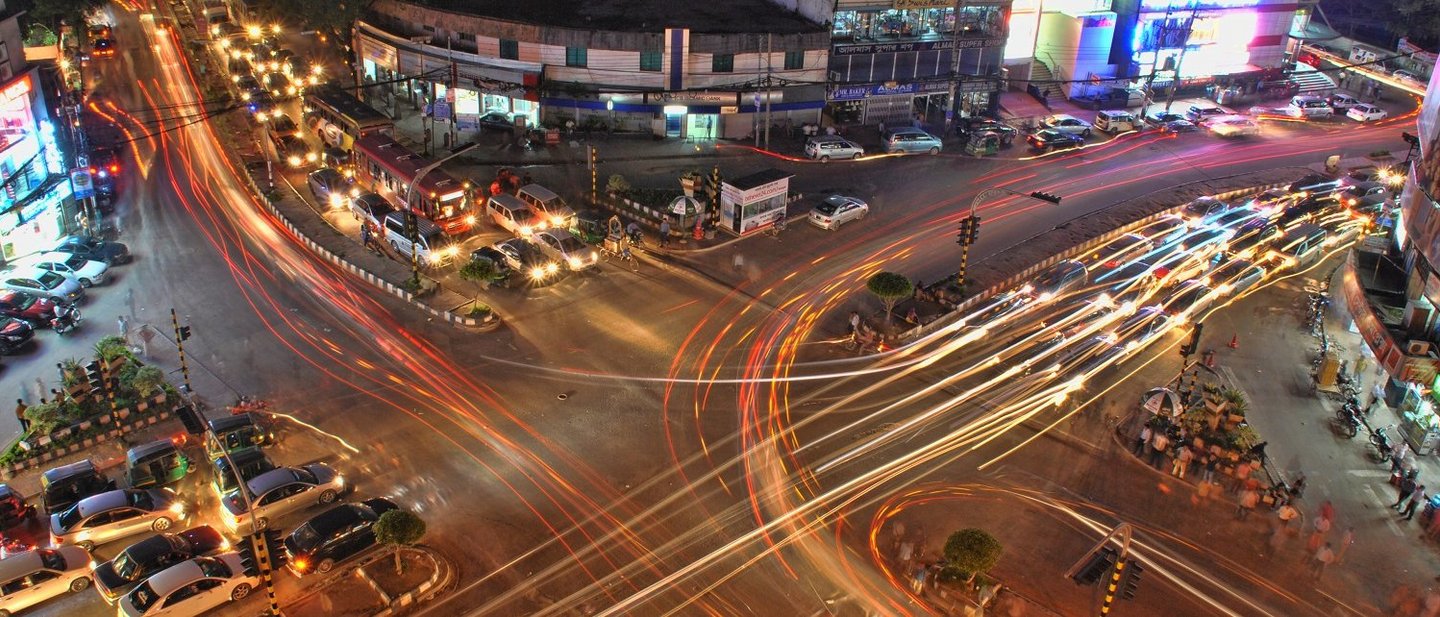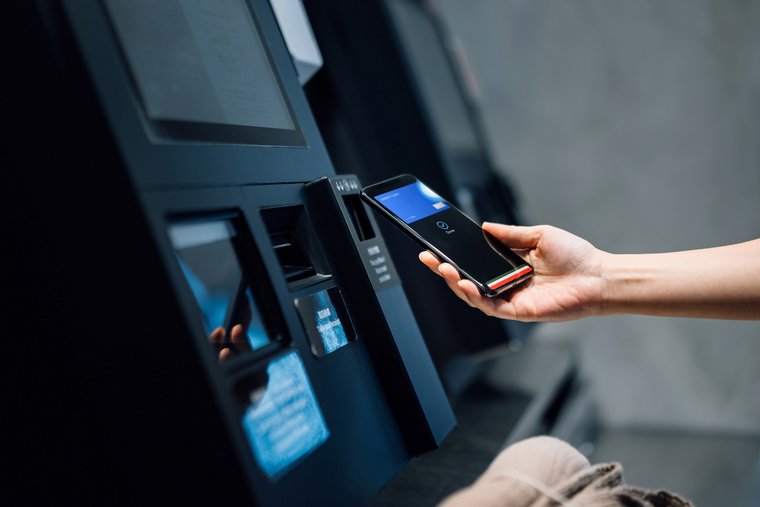India has found itself at the center of digital payment innovation, driven by e-commerce, consumer behavior, progressive government approaches, and the global pandemic. Safety worries and travel restrictions meant that online transactions have increased dramatically, with Razorpay announcing 80% growth in 2020, compared with 2019.1 And there’s a growing preference for contactless payments too, with the Reserve Bank of India (RBI) supporting this move by raising the contactless payment limit to Rs. 5,000, up from Rs. 2,000, an increase of 150%.
While the pandemic served to advance India’s digital payment landscape, it wasn’t the only driver. India’s digital trajectory has been accelerating for a while. In 2019 – pre-pandemic – India recorded the highest fintech adoption rate in the world.2 There are countless fintechs in the country at present, and over 50 of them are valued at over $100m. Also, 67% of Indian fintechs have been set up in the last five years alone.3 In July 2021, India’s Prime Minister Narendra Modi unveiled the e-RUPI, a new digital payment system that is neither cryptocurrency nor central bank digital currency (CBDC)4. Instead, it is akin to an e-voucher that can be redeemed without the need for a card or internet banking access, thus fostering inclusion.
India is at the fore of digital payment innovation, and recent moves toward tokenization to maximize security are boosting the country’s status as a digital forerunner.




